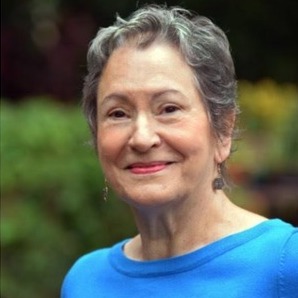- How to write to video while not telling me what I see. Words and pictures should not match. Words should explain what I don’t know about the pictures. There is a correlation for radio reporters as well!
- How to use sound and silence, not as decoration but as essential parts of our storytelling for radio and tv.
- Consider the importance of “setting.” Where you interview a person can make a critical difference in what they say.
- How to get great soundbites that viewers remember. The key is to (almost) always use “subjective” sound while writing objective copy.
- Think through what goes where in a story. Every story has a shape. But we have to use the right shape for the story. I will show you how breaking news’ shape is very different from a narrative story such as a feature or an investigation.
Session 2: Managing Newsroom Stress and Trauma (10:30am – 12:00pm)
Every journalist in every newsroom has lived through an exceptionally stressful year. You managed to do your job during a pandemic that hit South Dakota hard. You worked from home, many of you juggled school schedules for your children, others managed the stress of loving loved ones, caring for sick family members, you covered a contentious election cycle, a national reckoning around race and you worried about the effects of a huge economic interruption.
Now it is time for a reset.
This session will help you to recognize the stressors in your life and give you common sense and practical ways to manage them.
The session is led by Al Tompkins, a journalist with more than 40 years of experience and his wife, Sidney Tompkins who is a Licensed Mental Health Counselor with more than four decades of clinical experience including working with Fortune 500 companies, federal law enforcement agencies, families and couples and with journalists from around the world.
All of their teaching is backed up by documented cited research.
ABOUT THE SPEAKERS:
Al and Sidney Tompkins have lead stress and trauma workshops for newsrooms big and tiny. They have appeared at major national and international journalism conferences including the Investigative Reporters and Editors, The Society of Professional Journalists, The Radio and Television Digital News Association, The National Association of Hispanic Journalists, The National Association of Black Journalists and the National Association of Asian American Journalists. Al and Sidney regularly work with journalists in conflict zones around the world.



